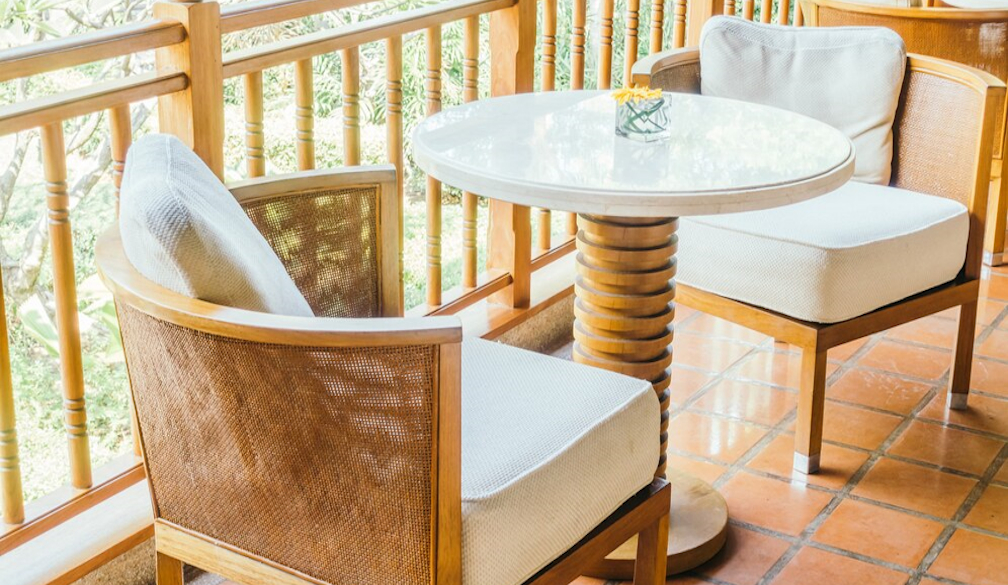7 Hot Outdoor Furniture Trends in 2024
- Written by Rain Check

In 2024, the way people utilise, decorate and enjoy their outdoor spaces will continue to evolve. With an increasing focus on sustainability, comfort and design, the outdoor furniture industry is set to experience some exciting changes now and in the coming years. Here are seven hot outdoor furniture trends expected to make a splash in 2024, offering fresh inspiration for homeowners and designers alike.
Emphasis on Sustainable Materials
As concerns about climate change and environmental impact become increasingly important, the use of sustainable materials in outdoor furniture design will be a key trend. Expect to see materials like recycled plastics, reclaimed wood and responsibly sourced timber leading the pack in 2024, offering both a stylish and eco-friendly alternative to conventional furniture materials.
Indoor-Outdoor Living Spaces
The concept of indoor-outdoor living will continue to grow in popularity as homeowners look to create seamless transitions between their interior and exterior spaces. Outdoor furniture designs in 2024 will reflect this trend, with pieces that can easily transition between indoor and outdoor environments. To stay up to date with this year’s trends, you might opt for versatile, multi-functional furniture that can adapt to various settings and styles.
Comfort & Luxury
Comfort and luxury will be a significant focus in outdoor furniture design, with an increased emphasis on plush cushions, ergonomic shapes and high-quality materials. In 2024, homeowners will be looking to create outdoor spaces that rival the comfort of their indoor living areas, with weather-resistant fabrics and materials ensuring that these luxurious outdoor pieces can withstand the elements.
Bold Colours & Patterns
As homeowners become more adventurous with their outdoor spaces, expect to see a shift towards bolder colours and patterns in outdoor furniture design. Vibrant hues and eye-catching prints will be popular choices in 2024, adding a touch of personality and flair to outdoor living areas. This trend will also extend to outdoor accessories, such as cushions, rugs and umbrellas.
Modular & Customisable Furniture
Flexibility and adaptability will be crucial in outdoor furniture design, as homeowners look for pieces that can suit their changing needs and style preferences. In 2024, modular and customisable furniture will be a popular choice, allowing for easy reconfiguration and personalisation. From sectional sofas to adjustable dining tables, expect to see a rise in furniture that can adapt to various spaces and functions.
Smart Technology Integration
As technology continues to advance, it's only natural that it will play a more significant role in outdoor furniture design. In 2024, expect to see smart technology integrated into outdoor furniture, from built-in speakers and charging ports to solar-powered lighting and temperature control features. This trend will offer a new level of convenience and integration for outdoor living spaces.
Compact & Space-Saving Designs
As urban living becomes more prevalent and outdoor spaces become smaller, space-saving furniture designs will be in high demand. In 2024, look for cleverly designed outdoor furniture that maximises space, such as foldable chairs, stackable tables and multi-purpose storage solutions.





